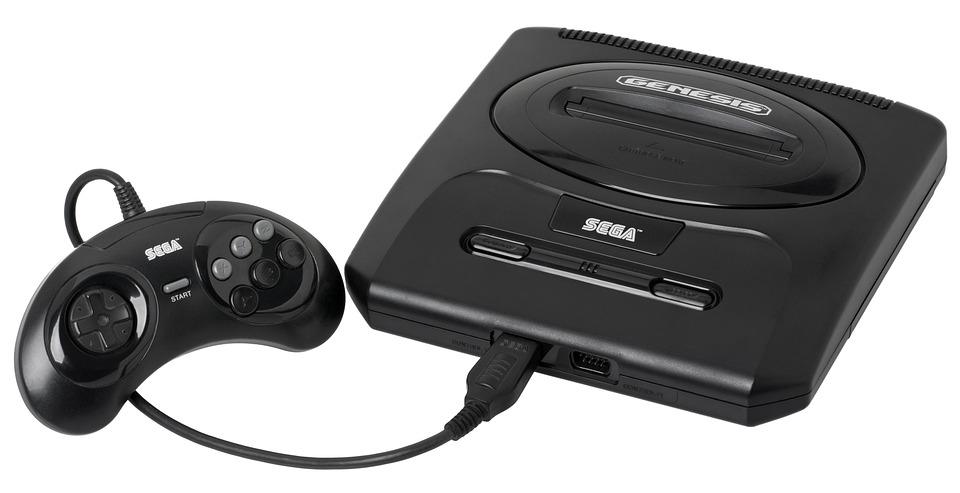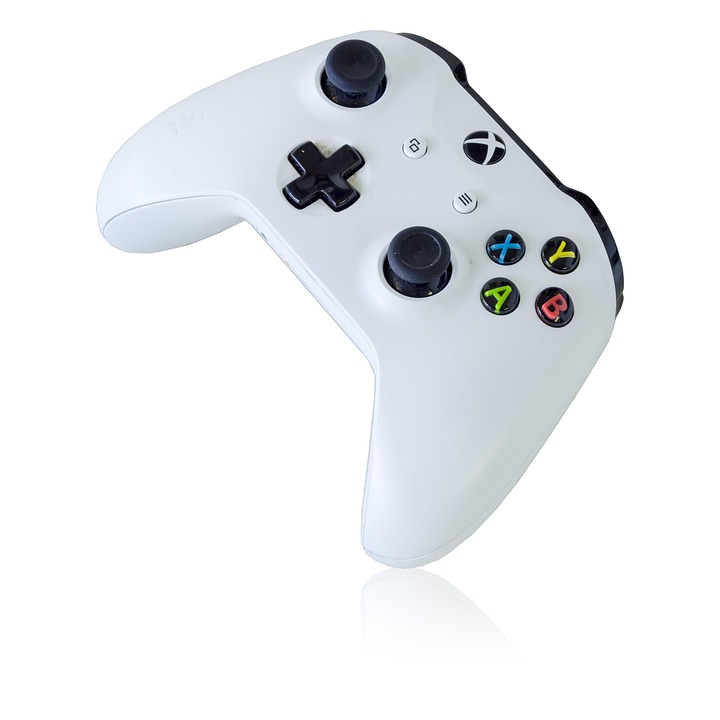Retro gaming consoles hold a special place in our hearts, stirring nostalgia and joy from simpler times. These beloved devices didn’t just entertain; they defined our childhoods. As you reminisce about those pixelated adventures and late-night gaming marathons, let’s explore 10 retro gaming consoles that shaped our childhood and left a lasting legacy on gaming culture.
Contents
- Why Retro Gaming Consoles Matter
- 1. Atari 2600: The Pioneer
- 2. Nintendo Entertainment System (NES): A Game Changer
- 3. Sega Genesis: The Rivalry Begins
- 4. Super Nintendo Entertainment System (SNES): The Sequel
- 5. PlayStation: The Revolution
- 6. Nintendo 64: The Magic of 3D
- 7. Sega Dreamcast: The Underdog
- 8. Game Boy: Portable Magic
- 9. PlayStation 2: The Best-Selling Console
- 10. Xbox: The New Challenger
- Bottom Line
Why Retro Gaming Consoles Matter
Retro gaming consoles are more than just relics; they’re gateways to our past. They represent creativity, innovation, and community. From bonding with friends over Mario Kart to solo sessions in an epic quest, these consoles offered experiences that shaped our identities.
But what makes these consoles so significant? They laid the groundwork for the gaming industry as we know it today. With each console, we witnessed tech evolution, storytelling depth, and gameplay mechanics that would redefine entertainment.
Let’s dive into the 10 retro gaming consoles that shaped our childhood, each one a chapter in a story we all share.
1. Atari 2600: The Pioneer
The Atari 2600 revolutionized gaming in the late 1970s. It was the first console to popularize interchangeable game cartridges, allowing players to choose from a variety of titles. Remember the thrill of grabbing that joystick and diving into Pong or Space Invaders?
With its simple graphics and addictive gameplay, the Atari 2600 opened the door for home gaming. It wasn’t just a console; it was a cultural phenomenon.
Why it matters: The Atari 2600 set the standard for future consoles, igniting a passion for gaming that resonates today.
2. Nintendo Entertainment System (NES): A Game Changer
When the NES hit the market in the mid-1980s, it was nothing short of a miracle for the gaming industry, which had just endured a crash. With iconic titles like Super Mario Bros. and The Legend of Zelda, this console didn’t just save gaming; it transformed it.
The NES introduced memorable characters and compelling narratives, making players invested in their journeys. Who can forget the joy of jumping on Goombas or solving puzzles in Hyrule?
Why it matters: The NES solidified Nintendo as a powerhouse and established gaming as a mainstream hobby.
3. Sega Genesis: The Rivalry Begins
Enter the Sega Genesis, the cool kid on the block that gave Nintendo a run for its money in the late ’80s and early ’90s. With a library of titles like Sonic the Hedgehog and Mortal Kombat, it appealed to a slightly older audience, offering edgier content.
The Genesis was known for its impressive graphics and faster gameplay, allowing players to immerse themselves in vibrant worlds. The rivalry between Sega and Nintendo led to unforgettable marketing campaigns and a rich gaming culture.
Why it matters: The Genesis taught us about competition and innovation—two driving forces in the gaming world.
4. Super Nintendo Entertainment System (SNES): The Sequel
If the NES was a phenomenon, the SNES took that magic and amplified it. Released in the early ’90s, it refined everything that made its predecessor great. With a vast library of legendary games like Super Mario World and The Legend of Zelda: A Link to the Past, it was a treasure trove of fun.
The graphics were stunning for its time, and the gameplay mechanics were refined, allowing for deeper storytelling and richer experiences.
Why it matters: The SNES solidified the importance of sequels and innovation in gaming, setting a precedent for future generations.
5. PlayStation: The Revolution
When Sony entered the gaming scene with the PlayStation in 1994, it forever changed the landscape. It was the first console to use CDs, allowing for larger, more complex games. Titles like Final Fantasy VII and Metal Gear Solid became cultural landmarks.
The PlayStation introduced 3D graphics and a more mature gaming experience, attracting a broad audience. It was no longer just child’s play; it was a serious form of entertainment.
Why it matters: The PlayStation taught us that gaming could be an art form, blending storytelling and technology in unprecedented ways.
6. Nintendo 64: The Magic of 3D
The Nintendo 64, launched in 1996, was a groundbreaking console that thrust us into the third dimension. With titles like Super Mario 64 and The Legend of Zelda: Ocarina of Time, it revolutionized gameplay with its 3D graphics and expansive worlds.
Multiplayer gaming took a leap forward with GoldenEye 007, creating a new social gaming experience. Friends gathered around the N64, battling it out in the ultimate showdowns.
Why it matters: The N64 taught us about exploration and connectivity, making gaming a shared experience.
7. Sega Dreamcast: The Underdog
Though it didn’t achieve commercial success, the Sega Dreamcast deserves recognition. Launched in 1999, it was ahead of its time, featuring online capabilities and a diverse library of games like Shenmue and Jet Set Radio.
The Dreamcast pushed the boundaries of what a console could do, laying the groundwork for future innovations in online gaming.
Why it matters: The Dreamcast inspires us to embrace creativity and take risks, even when the odds are against us.
8. Game Boy: Portable Magic
The Game Boy was a marvel of its time. Released in 1989, it allowed us to take our gaming on the go. Whether waiting in line or on a long road trip, the Game Boy kept us entertained with titles like Tetris and Pokémon Red and Blue.
Its simple design and addictive gameplay made it a staple of childhood. The joy of trading Pokémon with friends was a rite of passage for many.
Why it matters: The Game Boy taught us about adaptability and the joy of gaming anywhere, anytime.
9. PlayStation 2: The Best-Selling Console
Launched in 2000, the PlayStation 2 became the best-selling console of all time. With an extensive library of games and the ability to play DVDs, it became a household staple. Iconic titles like Grand Theft Auto: San Andreas and Final Fantasy X pushed storytelling to new heights.
The PS2 also introduced online gaming to a broader audience, connecting players in ways never seen before.
Why it matters: The PS2 taught us about versatility and how gaming could become a central part of home entertainment.
10. Xbox: The New Challenger
In 2001, Microsoft entered the gaming arena with the Xbox, bringing a fresh perspective to console gaming. With its powerful hardware and online service, Xbox Live, it changed the way players interacted.
Titles like Halo: Combat Evolved defined a generation, establishing first-person shooters as a dominant genre. The Xbox fostered a community that thrived on competition and camaraderie.
Why it matters: The Xbox showed us the power of community and the importance of online interactions in gaming.
Bottom Line
Each of these 10 retro gaming consoles that shaped our childhood carries a piece of our gaming history. They were more than just devices; they were windows to adventure and connection.
As you reflect on your own experiences, consider how these consoles influenced your love for gaming. Let’s keep the spirit alive by sharing our stories and introducing future generations to the magic of retro gaming.
Ready to relive those memories? Dust off your old consoles or explore online emulators to experience the joy all over again. Embrace the nostalgia and let the gaming adventures continue!
FAQ
What is the most influential retro gaming console?
The NES is often credited with reviving the gaming industry and setting standards for future consoles.
How did retro gaming consoles impact modern gaming?
They established foundational gameplay mechanics and storytelling techniques still used today.
Are retro games still relevant?
Absolutely! Retro games continue to inspire new titles and attract both nostalgic fans and new players alike.
Let’s celebrate the magic of retro gaming together!








